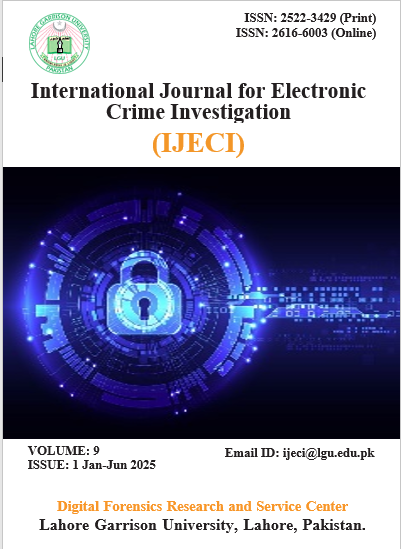AI-Driven Detection and Mitigation of Deepfake Technology in Cybercrimes: A Forensic Approach
Abstract
The third breath of deepfake technology poses a threat to us in cybersecurity and digital forensics as we see how misinforming in campaigns, identity theft and cyber crimes can be executed using this technology. In this research, we examine the use of AI driven techniques for searching and managing deep fakes, with specific interest in application to the development of forensic knowledge for use in cybercrime investigations. This thesis aims to put forward an effective method of identifying synthetic media in time, while ensuring the collection of digital evidence integrity and analysis employing cutting edge machine learning algorithms. In addition, limitations of current detection techniques are considered as well as a robust forensic response to evolving threats presented by deepfake technology. Synthetic media is expected to deliver the stuff that directly translates into tangible edge for law enforcement, forensic professionals and politicians battling cybercrime.

